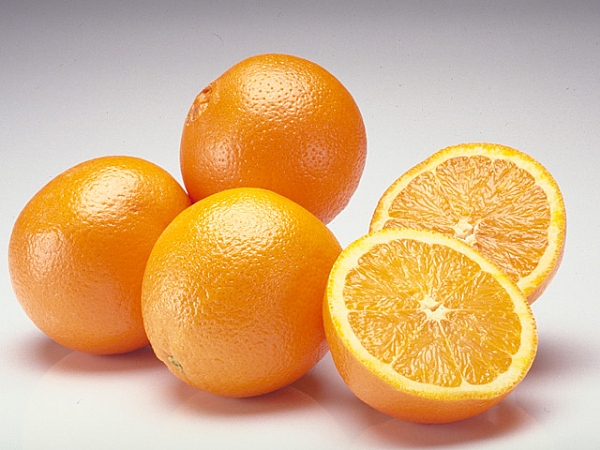Citrus
The exact place of origin of citrus fruits is still under debate, but it is believed that it originated from Southeast Asia and spread to the other parts of the world. Citrus crop is grown in developed and developing countries as well. Citrus fruits constitute a crucial source of vitamin C. In the last 30 years, there has been a steady increase in the per capita consumption of citrus fruits worldwide.
Citrus fruits are well-accepted by consumers all over the world because of their attractive colors, pleasant flavors and aroma, as well as for their well-known nutrition and health-promoting values. Citrus fruits are a good source of dietary antioxidants, which are vital in both health promotion and in the prevention and treatment of various human chronic and degenerative diseases.





